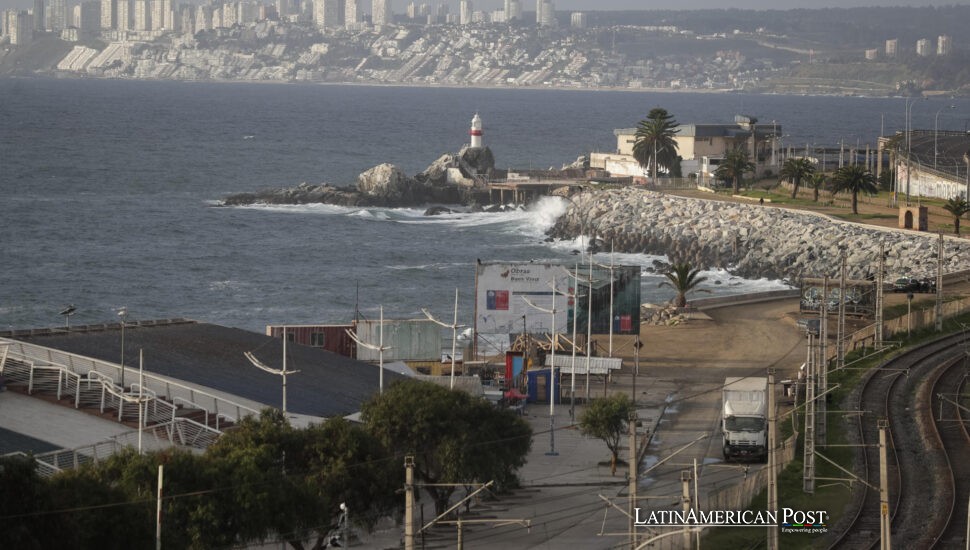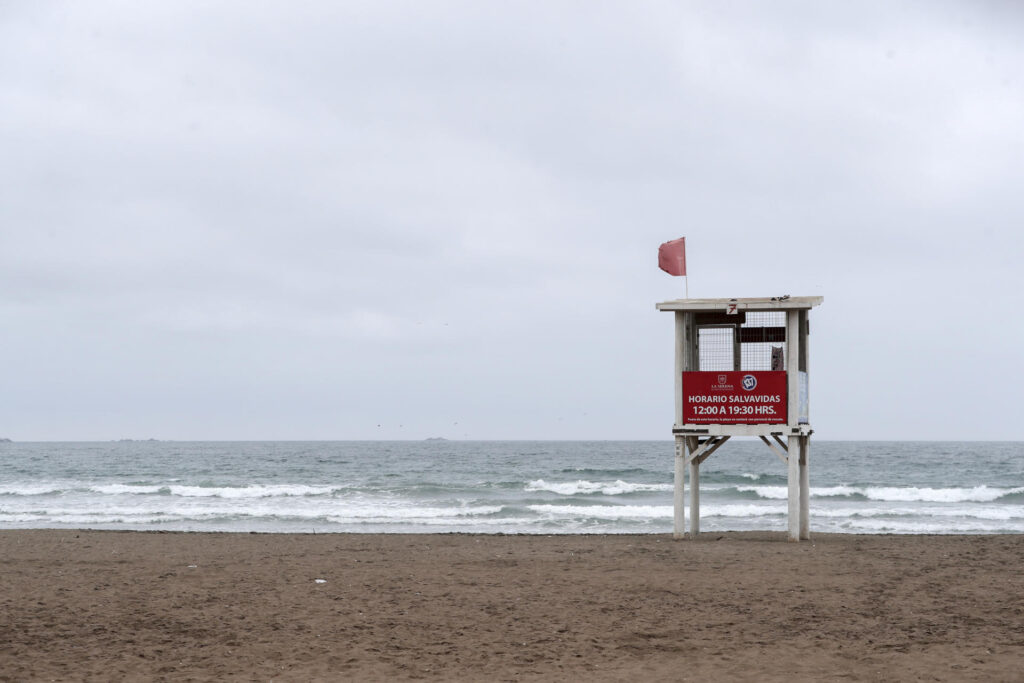Chile’s Disappearing Coastline: A Nation Reckons with the Loss of Its Beaches

Waves are stealing Chile’s beaches grain by grain, and unless bold action is taken, iconic stretches like Reñaca and Puerto Saavedra could vanish by 2035—marking not just an environmental loss, but an existential crisis for a country built on the shore.
Vanishing Sand, Rising Alarm
At first glance, Reñaca looks unchanged—sunseekers dot the shore, children dart through waves. But the beach is shrinking. And fast.
On a recent morning, Carolina Martínez, a marine geographer at Pontifical Catholic University, paced the high-tide line with a tape measure in one hand, scanning the surf for clues. “It will be tough for these beaches to survive the next ten years,” she told Reuters, as waves crashed against rock outcrops that weren’t visible a decade ago.
Martínez directs Chile’s Coastal Observatory, which has tracked 67 beaches since 2020. The numbers are stark: 86% are retreating, even during spring and summer months when sand should rebuild naturally. Ten sites flagged as “at-risk” just last year have now doubled their erosion rates. Satellite images show underwater sandbanks unraveling, the water turning milky as sediment collapses.
Chile’s identity has always been tied to the sea. Its geography is a ribbon of coastline stretching more than 4,000 miles. But now, that defining feature is being nibbled away—silently, relentlessly—by a combination of climate forces and human intervention.
When Nature Meets Neglect
Erosion, on its own, isn’t new. Chile’s Pacific coast has always contended with rough surf and shifting sands. What’s changed is the speed and scale of the damage.
Martínez explains it like this: warm ocean waters are sending stronger swells toward shore. Torrential rains carry sediment too far out to sea. Dunes dry up and collapse. Then come the human mistakes—wetlands paved over for real estate, rivers dammed or dredged, and massive buildings dropped onto what were once free-roaming dunes.
“If you squeeze a beach between a rising sea and a seawall, it has nowhere to go,” she said, pointing toward a new condo development now shielded by boulders where kids used to play soccer. “You freeze the back. The front gets eaten. The beach disappears.”
What was once viewed as a natural amenity—a place for sunbathing and strolls—is now seen by scientists as critical infrastructure. Beaches are the first line of defense against floods. They’re shock absorbers for storms. Lose them, and everything behind them becomes vulnerable.
Coastal Communities Face a Harsh New Reality
For María Harris, who runs a beachfront restaurant just south of Valparaíso, the crisis hit last winter. A storm surge pushed seawater past her dining area, ripping out tables and leaving behind warped wood and soggy foundations.
“Last year was brutal,” she said, standing near a blackened patio where charred boards still wait for repair. “There was no space between us and the sea.”
Head farther south, and the consequences grow even starker. In Puerto Saavedra, massive waves have punched holes through the only coastal road, cutting off Mapuche communities and letting saltwater seep into farmland. Fishermen now struggle to launch their boats—the sandbar has shifted, and shallow waters once ideal for setting off are now impassable.
Even on calm days, their engines sputter far from shore, costing them time and fuel.
Insurance rates for hotels along the coast are rising. Still, construction continues, driven by tourism and a patchwork of local zoning laws that can’t keep up with reality. “We’re transferring the cost of these disasters to the most vulnerable,” Martínez warned. “First, it hits the fishermen. Then the small business owners. But eventually, the entire region pays the price.”

Can Chile Turn the Tide?
Solutions exist—but none of them are simple.
Some towns have tried beach nourishment, pumping sand back onto eroded shores. But without addressing the root causes, the sand vanishes with the next storm. Others are exploring floating boardwalks and building setbacks, giving beaches room to move inland. These ideas are often blocked by developers seeking oceanfront access and uninterrupted views.
The national government has finally launched a detailed risk-mapping initiative, attempting to identify which areas might be worth defending—and which might need to retreat. There’s also talk of restoring river flows so sediment can reach the coast once more.
But time is short. Climate models project even more intense winter swells in the coming years, and Chile’s coastal policy—though improving—is still fragmented.
Martínez believes public awareness is the missing piece. “People still think of sand as leisure,” she told Reuters, gesturing toward a jogger navigating a half-submerged promenade. “But it’s so much more. Sand is protection. Sand is history. Sand is valuable.”
Also Read: El Salvador’s Student Massacre Still Haunts a Nation That Won’t Open Its Archives
Unless major shifts happen soon, Chile’s beaches—some of which have stood for thousands of years—may vanish within a generation. The country must now decide: will it sacrifice coastline to short-term gain, or invest in long-term survival?
The waves aren’t waiting. And neither is the future.





